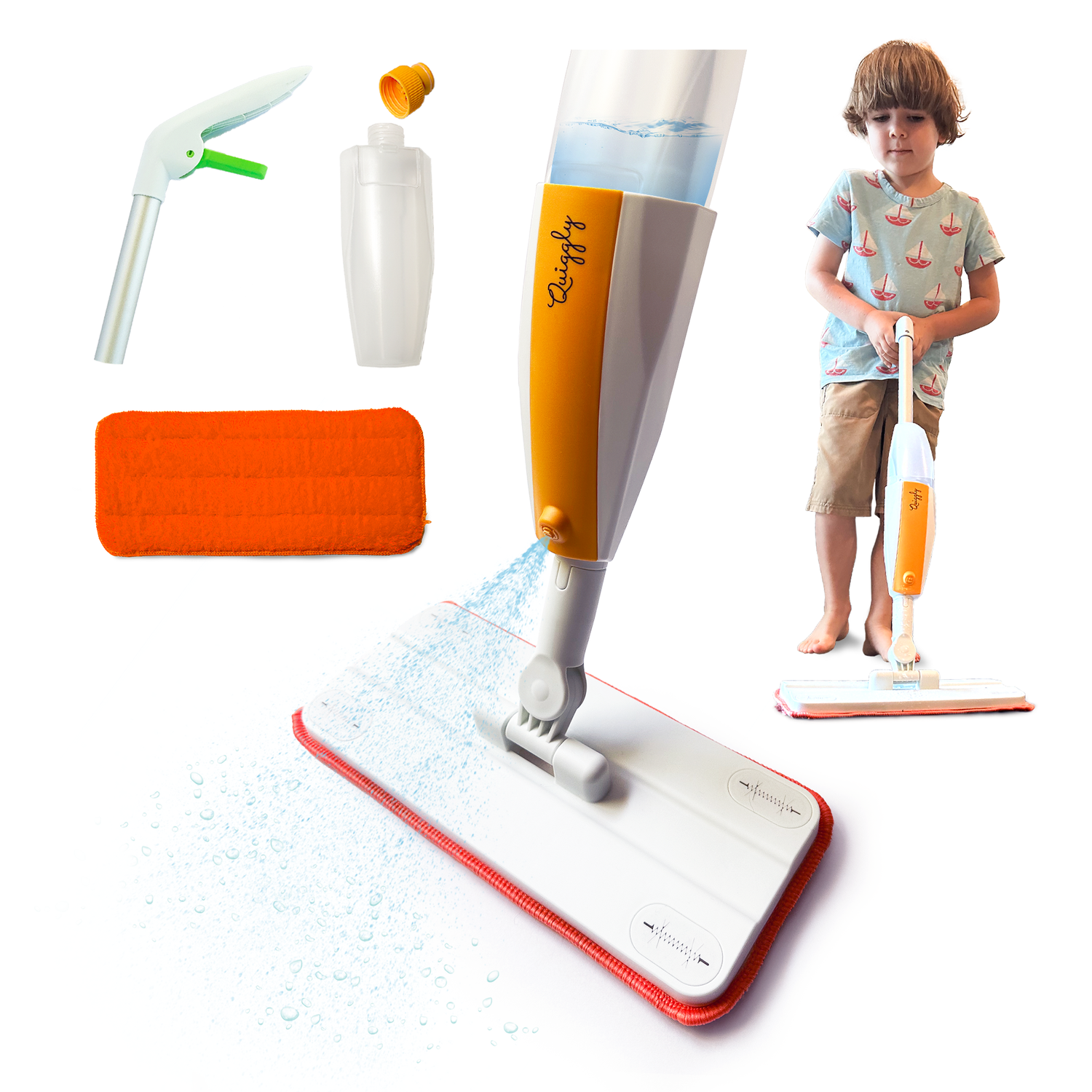
The Role of High-Contrast Toys in Baby Vision Development
Visual stimulation plays a big role in helping newborns grow and learn about their surroundings. When a baby first comes into the world, their sense of sight is still developing, which is why the type of visual cues they receive can make a difference. Bright and contrasting visual schemes capture the attention of infants, sparking curiosity and encouraging interaction. This is where the magic of high-contrast toys comes in. These toys are specially crafted to enhance a baby's visual experience, making the early months not just playful but developmental too.
High-contrast toys feature bold patterns and distinct shades, often using black and white, which are easier for newborns to see. Using these toys can enhance visual tracking and focus, fueling the brain as it learns to process images. This not only makes playtime engaging but also builds a foundation for visual development. Let’s explore more about how these toys are beneficial and how you can choose the right ones for your little one.
The Basics of Newborn Vision Development
Understanding how a newborn's vision develops is a fascinating journey. At birth, babies mostly see in blurry shades of gray. Over the first few weeks and months, their vision begins to sharpen, allowing them to track moving objects and focus on faces. Early visual stimulus is crucial as it helps connect different parts of the brain involved in vision processing.
During the initial months, babies look for high-contrast images as they are more engaging. This means toys and objects with stark differences in shades and outlines are easier for them to perceive and are more likely to hold their attention. As babies focus on these objects, it helps strengthen their eyes and improve coordination. This is why selecting the right kind of visual stimulus is important.
Parents can support their baby's visual development by:
- Offering toys with bold, high-contrast patterns.
- Placing toys at a distance of about 8 to 12 inches away, which is optimal for a newborn's vision.
- Encouraging them to follow moving objects to develop tracking skills.
- Providing a variety of images and patterns to broaden their visual experiences.
The early stages are all about discovery, so keeping a variety of eye-catching objects around will keep your baby's developing mind active and curious. As babies get more engaged with high-contrast toys, they not only focus better but also lay down the groundwork for more advanced skills.
How High-Contrast Toys Benefit Infants
High-contrast toys are more than just visually striking objects for infants; they serve a vital role in fostering early visual development. When babies engage with toys featuring bold black and white patterns, it's like giving their vision an invigorating exercise. These toys draw their attention, encouraging them to focus and hone their tracking skills, which are essential as they start exploring the world around them. By frequently interacting with visually stimulating objects, infants can improve their ability to focus on objects for prolonged periods, supporting their cognitive growth.
One of the key ways high-contrast toys assist development is through visual tracking. When a toy with contrasting patterns is moved from one side to the other, a baby learns to follow it with their eyes, boosting their coordination between visual stimuli and motor responses. This process also aids in strengthening both eyes as they work together to lock in on an object, preparing the baby for more complex tasks in the future.
In addition to aiding visual tracking, these toys are fantastic for helping improve concentration. As a baby stares at the rapidly changing patterns on a high-contrast toy, their brain gets better at processing visual information and discerning details. This type of mental workout sets the pace for more nuanced visual recognition as the baby grows. Hands-on play with high-contrast toys also encourages tactile exploration, marrying sight with touch and boosting sensory development.
Types of High-Contrast Toys
A variety of high-contrast toys are available, allowing parents to cater to different aspects of a baby's visual and sensory development. Here are some great options to consider:
- Black and White Books: These compact, easy-to-flip books are favorites for captivating a baby’s attention. Featuring pages of bold animal prints or simple geometric designs, they offer an excellent way to engage a baby's sight and spark interest in early "reading" experiences.
- Contrast Cards: Handy and versatile, contrast cards can be displayed during tummy time, placed on a stroller, or tucked in a crib. They make visual training an easy part of any activity.
- Play Mats: Large mats with striking patterns provide a broad canvas for both visual and physical exploration, helping babies improve their mobility as they roll, crawl, and play.
Consider a set like the High Contrast Newborn Toy Set, which includes not just visual cards and books, but also a safe mirror for reinforcing self-awareness during tummy time.
Tips for Introducing High-Contrast Toys to Your Newborn
Introducing high-contrast toys in a thoughtful manner can make playtime even more beneficial for your infant. Here are some practical approaches:
- Position toys at a distance of 8 to 12 inches from your newborn's face, as this range is optimal for their level of vision.
- Move toys slowly from side to side to encourage tracking. Begin with simple back-and-forth motions and gradually increase the complexity.
- Rotate the toys to maintain interest; too many toys can overwhelm, so a few varied options will suffice.
- Create a cozy corner with high-contrast toys where your baby can explore without distractions.
Establishing a nurturing environment with such toys can make each session enjoyable and enriching for both you and your baby.
Making the Most of High-Contrast Playtime
To maximize the benefits of high-contrast toys, integrate them seamlessly into your baby's daily routine. Babies thrive on consistency, so regular exposure to these toys during playtime can yield great developmental results.
Consider using high-contrast toys during calm moments, like after feeding or just before napping. This way, your baby associates these toys with comfort and exploration, creating a positive learning experience. Monitor your baby's responses, such as giggles or prolonged staring, to gauge their interests and adjust the toys accordingly.
Keep an eye on developmental milestones and celebrate small achievements, such as when your baby first follows a toy in motion. These moments help you understand their growth stages and make informed decisions on which toys will continue to be beneficial.
Encouraging Visual Development Beyond Toys
While high-contrast toys are wonderful, enriching your baby's experiences further can amplify their visual growth. Encourage face time, allowing your newborn to gaze at the most fascinating sight of all: the human face. Baby can learn to read expressions and see subtle differences in features, aiding emotional bonding.
Include activities like moving a light source around a dim room or watching colorful fish in a tank. These experiences bolster eye coordination and bring a dynamic element to visual learning. Always engage in dialogue with your baby during these activities, describing what they see, which builds not just visual skills but language ones too.
Cultivating a nurturing space filled with visual exploration ensures your baby's early experiences are positive, laying out a path of healthy development. High-contrast toys are a launching pad into a stimulating, sensory-rich world, guiding your baby through the fascinating journey of growth and learning.
To spark your baby's developmental journey, explore Quiggly's range of sensory toys. Our high contrast toys for infants are crafted to captivate and encourage visual growth. Discover the High Contrast Newborn Toy Set to give your little one an engaging and enriching play experience that boosts cognitive development.

